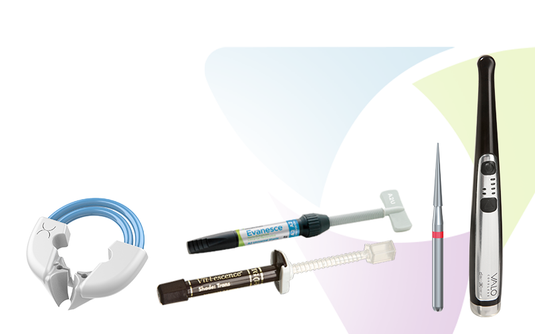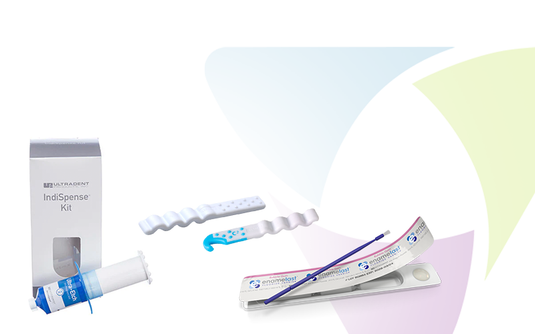
Science or Shenanigans? Is UV Light Teeth Whitening Safe and Effective?
Originally published by The Arch: An Ultradent™ blog
Social media timelines are filled with folks using UV lights to whiten their teeth. From TikTok trends to Instagram influencers, people all over the internet are claiming these lights gave them the bright smile they’ve always wanted.
Are these lights upending the professional teeth whitening business, reshaping long-standing practices and crumbling traditional practices? No, they’re not. Because, bluntly, they’re a gimmick—little more than marketing fodder fed to masses in an effort to seem superior.
Clinical studies have proven (and continue to prove) these lights:
- Do not provide long term effects, rather the light gives a temporary whiter appearance to the teeth
- May harm oral tissues
- Create a greater possibility for teeth sensitivity through dehydration

Whitening teeth with UV light is a popular trend, but is there any science to back it up?

UV light can dehydrate teeth, causing sensitivity and shade rebound.

Opalescence Boost in-office whitening offers patients an in-office, dramatic whitening experience without the use of a light, helping patients to avoid unnecessary sensitivity.
About the Author

Daniel Lewis, PR Manager, Ultradent™
Daniel is a longtime news producer turned dental industry storyteller who’s interviewed people on every continent plus the international space station. He can usually be found eating carbohydrates in the company of his dog.
Discover More
This article was published in the Clinical Life™ magazine: Spring 2024 edition
Clinical Life™ magazine is a premier periodical publication by Clinical Research Dental Supplies & Services Inc. Discover compelling clinical cases from Canadian and US dental professionals, cutting-edge techniques, product insights, and continuing education events.













